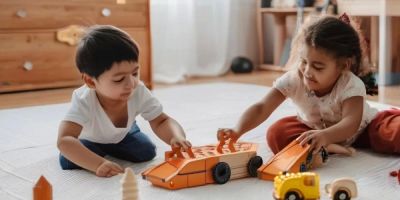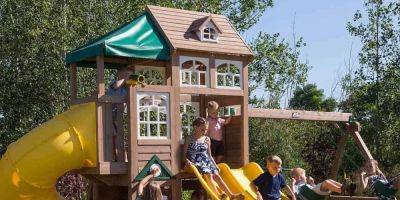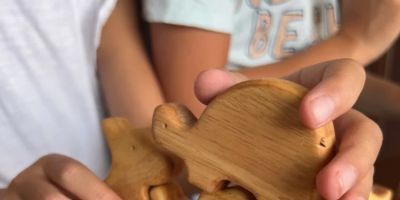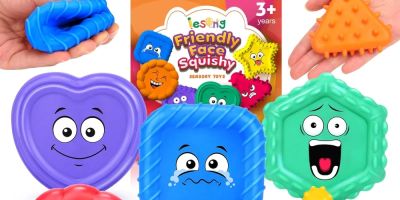- 1-Why-Choosing-Learning-Promoting-Toys-Matters
- 2-Understanding-Child-Development-and-Toy-Selection
- 3-Key-Characteristics-of-Learning-Toys
- 4-Matching-Toys-to-Age-and-Skill-Level
- 5-Balancing-Fun-and-Education-in-Toys
- 6-Real-Examples-of-Effective-Learning-Toys
- 7-Where-to-Find-Quality-Learning-Toys
1. Why Choosing Learning-Promoting Toys Matters
Toys play a vital role in a child’s growth, providing opportunities to explore, imagine, and learn essential skills. Selecting toys that promote learning helps foster cognitive, emotional, and physical development in a fun and engaging way. These toys can encourage problem-solving, creativity, social interaction, and fine motor skills, setting a strong foundation for lifelong learning.
Choosing the right educational toys ensures that playtime is not only enjoyable but also meaningful and supportive of your child’s developmental milestones.
2. Understanding Child Development and Toy Selection
Each stage of childhood involves unique developmental milestones. Understanding these helps parents choose toys that match their child’s current needs and challenge them appropriately.
For example, infants benefit from sensory toys that stimulate touch and sight, toddlers develop through building and sorting toys, while older children engage more with puzzles and imaginative play sets that encourage logical thinking and creativity.
Being aware of developmental stages prevents frustration and ensures toys are both safe and suitable.
3. Key Characteristics of Learning Toys
When selecting toys that promote learning, consider key qualities that enhance educational value:
- Interactivity: Toys that encourage active participation help children engage more deeply.
- Adaptability: Toys that grow with the child or can be used in multiple ways extend play value.
- Encouraging Creativity: Open-ended toys stimulate imagination and problem-solving skills.
- Safety and Durability: Learning toys should be made of safe materials and withstand active play.
4. Matching Toys to Age and Skill Level
Choosing toys aligned with your child’s age and abilities is essential for effective learning. Age recommendations on packaging provide guidelines, but observing your child’s interests and skills offers better insight.
For instance, a toddler ready to develop hand-eye coordination might enjoy stacking blocks, while a preschooler might benefit more from shape sorters or simple board games. Age-appropriate toys reduce frustration and maximize developmental benefits.
5. Balancing Fun and Education in Toys
While educational value is critical, toys must also be fun to maintain a child’s interest and enthusiasm. Toys that successfully blend learning with play create joyful experiences that children willingly repeat, reinforcing concepts naturally.
Look for toys with engaging colors, sounds, or stories, and allow children freedom to explore at their own pace. This balance nurtures positive attitudes toward learning.
6. Real Examples of Effective Learning Toys
Consider classic toys like building blocks, which promote spatial reasoning and motor skills. Interactive books with sounds and textures develop literacy and sensory awareness. STEM kits for older kids inspire scientific thinking and experimentation.
Parents often share stories of their children developing vocabulary rapidly with alphabet puzzles or improving problem-solving skills with simple mechanical toys, highlighting the impact of well-chosen learning toys.
7. Where to Find Quality Learning Toys
Finding the best toys that promote learning is made easier by shopping at trusted sources. Knight Toys offers a curated selection of high-quality educational toys suited to various ages and developmental stages.
With expert recommendations and a commitment to safety and value, Knight Toys helps parents provide children with toys that foster growth, creativity, and joy.





